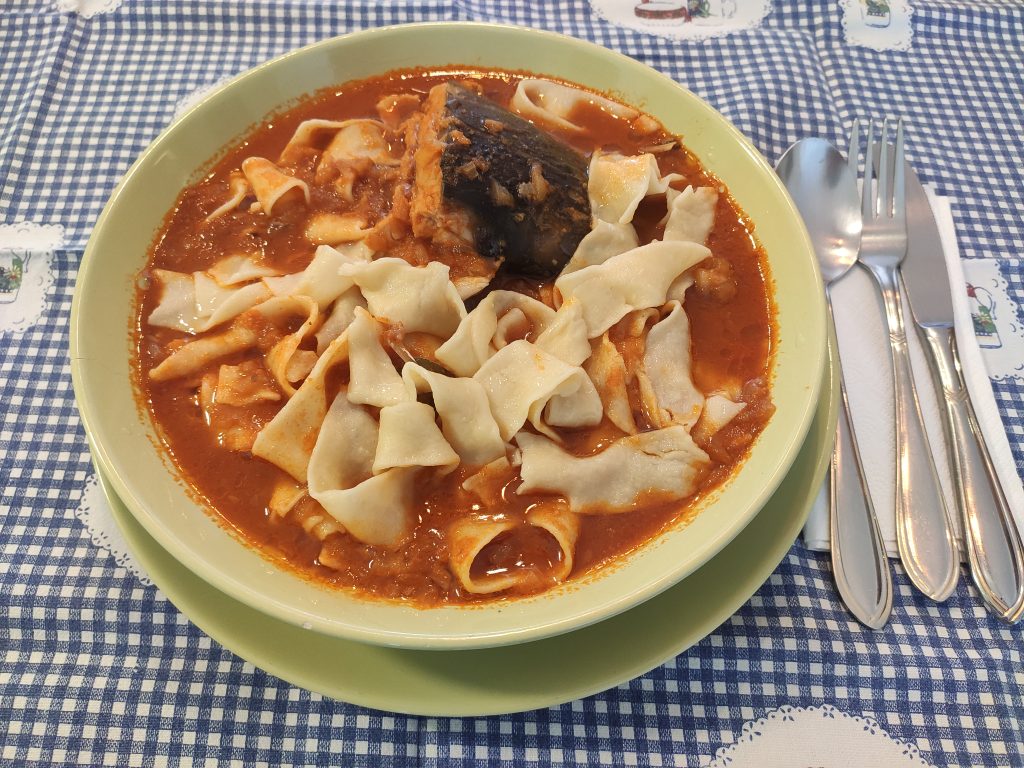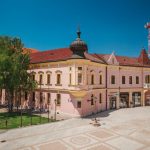If February in Croatia is known as a month of handful feast food, the month of this year’s March represents “sacrifices” Catholics are willing to take to “cleanse” themselves before Easter and the resurrection of Jesus Christ. Those sacrifices usually involve food – no meat, sweet desserts, and other types of food we love the most. Today’s Clean Wednesday or “Ash Wednesday” marks the so-called commanded fast, which means strict fast requirements as a symbol of Jesus’s sacrifice during time spent in the desert before his eventual resurrection (Easter). Its name “Ash Wednesday”, comes from the rite of cremation, when priests sprinkle ash on the heads of the faithful or, according to the customs of the region, make the sign of the cross on their foreheads with ash. Sprinkled ash used on these rites is last year’s olive twigs blessed on the Palm Sunday (Cvjetnica) – a feast that commemorates Jesus’ entry into Jerusalem.
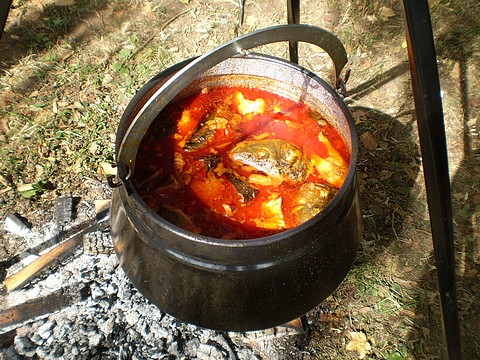
“Fiš” – traditional Slavonian food. (Najbolje u Hrvatskoj by vikendplaner.info)
But enough of that, let’s get to the most important point of this article. Food. Because of everything mentioned, people needed to find ways to eat food that would match the requirements Lent demands. Of course, the diet of the people differed both because of preferences and differences of working classes. The most popular Lent dish is definitely Fish stew (Fiš-paprikaš or in Slavonia just Fiš). No holiday of this kind in Croatia can pass without fish stew. It is so popular and an integral part of the Slavonian culture that competitions are regularly held throughout Eastern Croatia (Fišijada), for the title of the best “fiš” makers in the region. As its name suggests, the fish stew is prepared from fish, especially river fish which means it is common in regions where rivers are of great importance. It is believed that it was brought to the Slavonian area by immigrants from southern Germany, whereas Baranja got their “fiš” from Hungarians that inhabited that area. Fish stew is traditionally prepared in a copper cauldron hung over an open fire. Water is put into the cauldron with sliced pieces of river fish such as catfish, carp, pike or perch, and (a lot of) onion, and everything is boiled together on the fire. Just before the fish is cooked, spices are added to the water to give stew its characteristic color and spiciness. It is, of course, ground sweet and hot paprika which is often used in Slavonia and Baranja. The “fiš” is usually cooked for twenty more minutes with the addition of other ingredients like salt, tomato sauce, and more and in the end, it is served with homemade noodles and special homemade bread.
Nevertheless, every Slavonian family has its own recipe so it’s hard to pinpoint a perfect one, however, it brings even more charm and beauty to this traditional dish. Families with less usually cook “fiš” with only one type of fish, mostly carp and catfish.
River fish is also really healthy, especially if it’s cooked in the oven. It retains the maximum of useful components in the form of vitamins and minerals. Most importantly, the dish is simple enough and does not require inaccessible ingredients. It is usually served with potato salad which can vary, of course, depending on the household. Fried fish is also viable during Lent but strong believers are avoiding it for scarcer meals.
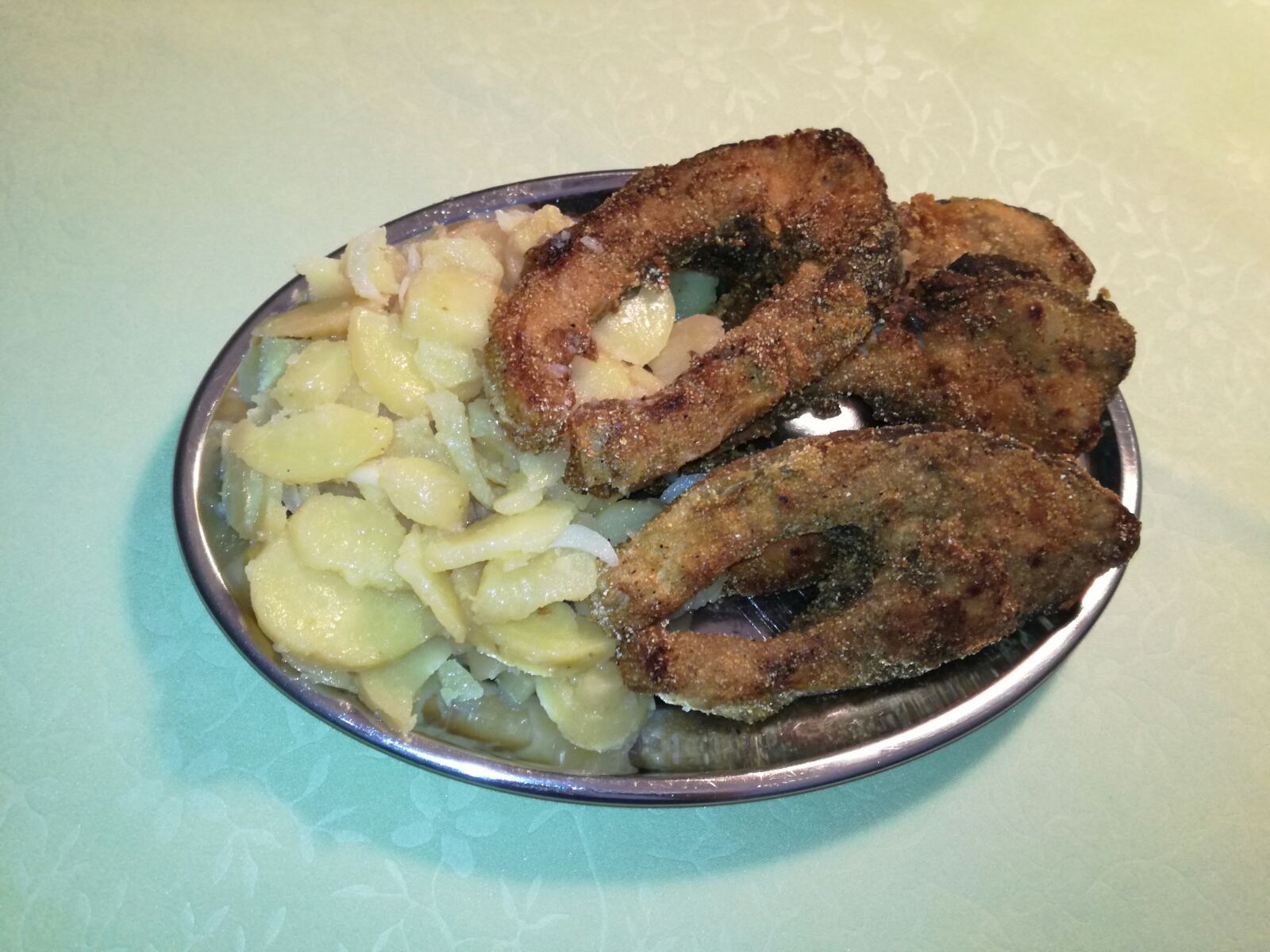
My aunt’s fried carp with potato salad. (Private album/Dora Naletilić)
Homemade noodles are a close second in “popular Lent dishes in Slavonia” category. They are more of a side dish these days, however, poorer families who didn’t always have access to fish had to find ways to feed themselves. Popular dishes with noodles in Slavonia are noodles with eggs, semolina ones that are sweet and fall into the category of scarcer meals. However, the ones with potatoes are probably the most popular ones, in Slavonia better known as “granatir”. Cheap ingredients like noodles, onions, potatoes, and more, fed generations of Slavonians who didn’t have the luxury of buying fish and other too expensive ingredients for them.
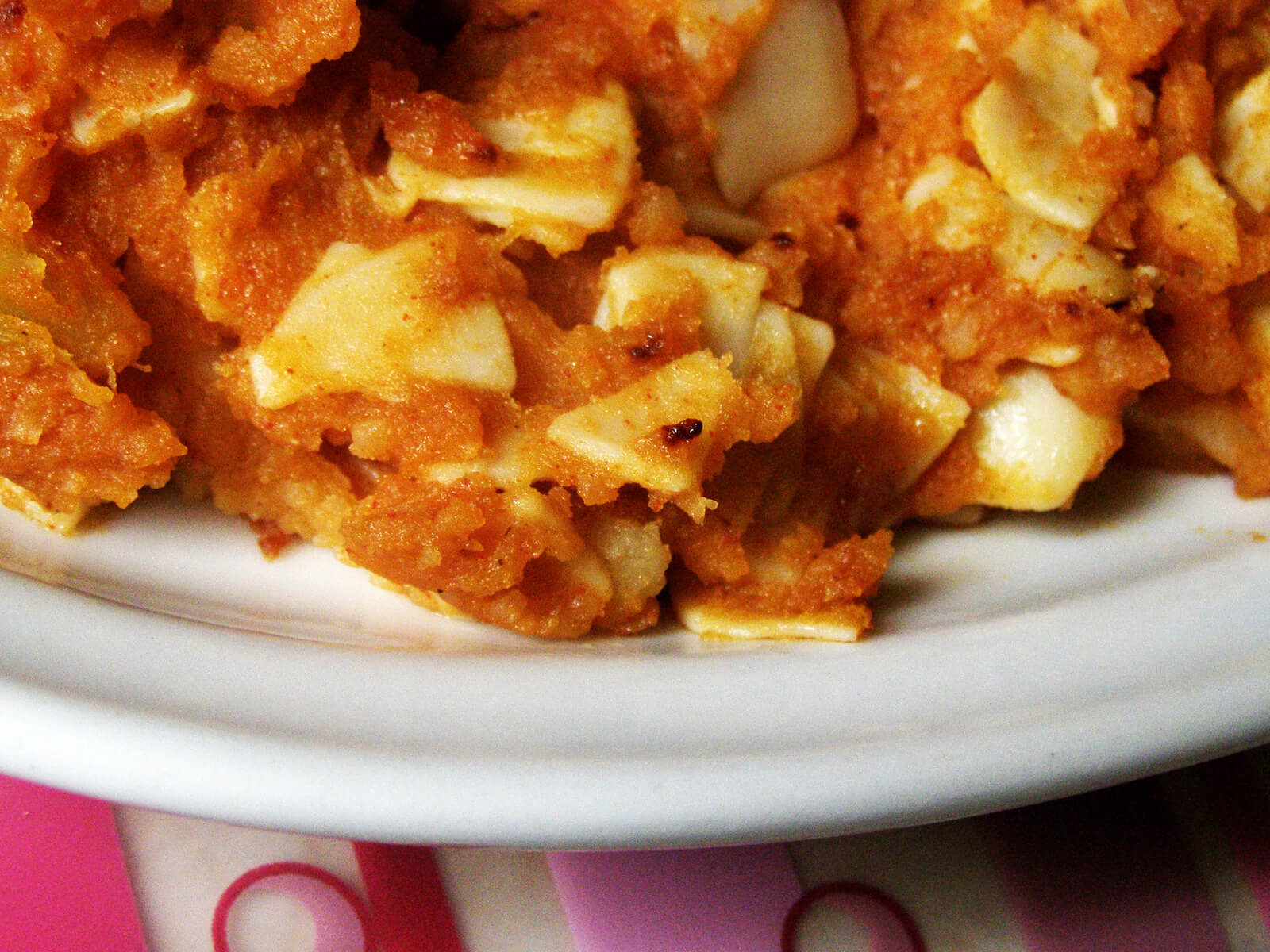
“Granatir” – noodles with potatoes. (Credit: Coolinarka)
Also, it is important to highlight that these dishes are made for one consummation a day so that people fasting during Lent experience penance.
As said at the beginning of the article, Lent has started and the time of “sacrifice” has begun. These times do not have the splendor of food, as usual, however, it only shows the resourcefulness of people during fasting and difficult times. Even though Slavonia is known for its heavy, meat-based food, these times, like Lent, show that this region is very versatile and can make a dish accessible to all. You don’t have to be a Catholic or even a believer to try these foods, just come and get into the spirit of Slavonia.
For more, check out our lifestyle section.

